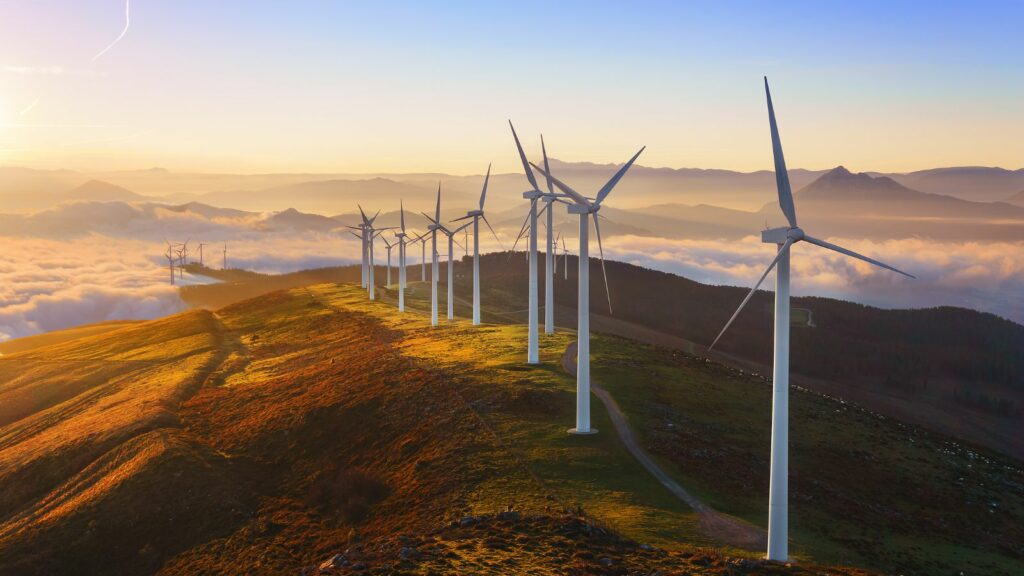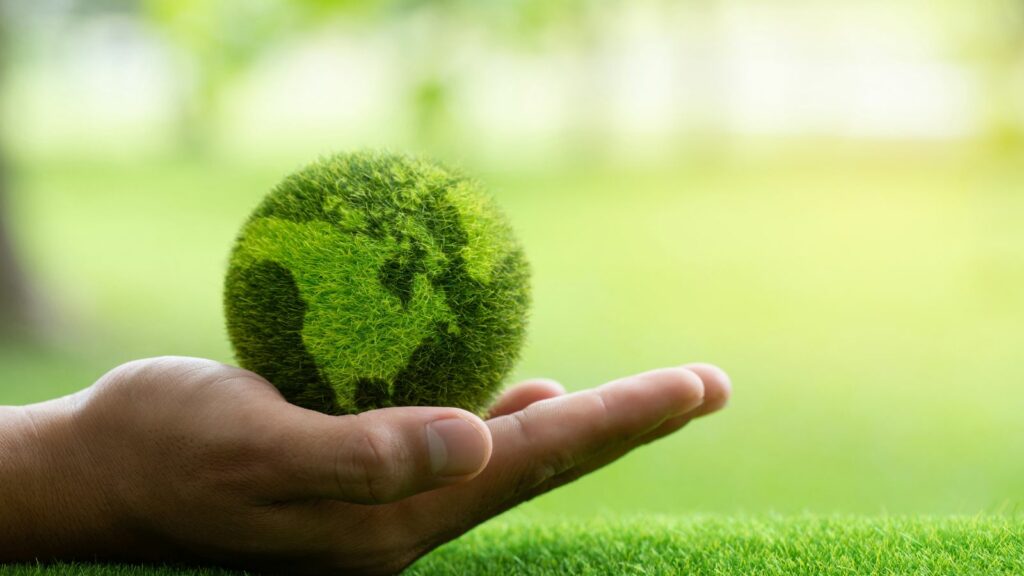In a world increasingly aware of its environmental footprint, the concept of sustainable development goals, particularly ‘life on land’, has gained immense traction. This article dives into the depths of this topic, unraveling its complexities and significance in today’s context.
It’s not just about preserving our green spaces; it’s about ensuring a future where humans and nature coexist harmoniously. From forest conservation to combating desertification, the breadth of ‘life on land’ is vast and pivotal. Let’s embark on this journey of understanding and appreciating the importance of sustainable development goals for life on land.
Sustainable Development Goals Life on Land
In this section, we delve into the concept of ‘Life on Land’, an integral element of the sustainable development goals. We explore the cardinal role of biodiversity and elucidate various global policies adopted to reinforce it.

Biodiversity anchors the vitality of ecosystems, making it a pivotal factor in the sustainable development goals regarding life on land. Different species, including plants, animals, and microorganisms, interact in complex ways that are vital for Earth’s health and human prosperity. These interplays create, for instance, the Earth’s climate and air quality that we breathe daily. Outlining the first instance, Amazon rainforest, often referred to as the Earth’s lungs, produces about 20% of the world’s oxygen, thanks to the immense biodiversity it houses.
Additionally, biodiversity ramp up resilience within ecosystems, facilitating their recovery from unpredictable events, as shown by Savannas in Africa, that can quickly recover from natural disturbances like fire or drought thanks to their vast array of plant and animal species. Thus, optimizing biodiversity conservation is a linchpin advancement towards achieving life on land synergy in sustainable development goals.
Threats to Terrestrial Ecosystems
This section elucidates on potential threats facing terrestrial ecosystems, further underlining the importance of “Life on Land” for the sustainability of our planet.

Deforestation stands as a major concern for terrestrial ecosystems. Trees serve as vital carbon sinks, absorbing approximately 2.5 billion tons of carbon annually. By chopping them down, humans not only discard this essential function, but also contribute to carbon dioxide being released, heightening global warming episodes. For instance, the massive deforestation in the Amazon rainforest, known as the Earth’s lungs, not only destroys habitat for countless indigenous flora and fauna, but also greatly jeopardizes the global climatic balance.
Deforestation practices, such as slash-and-burn agriculture in South-East Asia, account for nearly 3 million hectares of forest loss annually. Concurrently, urban expansion and infrastructure development, notably seen in growing cities like Jakarta or Shenzhen, significantly chip away at once lush and vibrant green spaces.
Innovative Strategies to Promote Life on Land
Significant gains against environmental degradation hinge on innovation. Strategies already in play illustrate the power of ingenuity for promoting life on land.

Local communities form an integral part of the environmental conservation chain. In locales like Nepal, community forestry programs thrive, allowing sustainable timber harvesting and protecting forests against excessive logging. Similarly, in Namibia, community-based wildlife conservation initiatives resulted in increased wildlife numbers, especially of threatened species like black rhinos, highlighting the success of locally-driven efforts.
Technological Advances in Conservation
Harnessing technology, conservation becomes more effective. Satellite imagery and Geographic Information Systems (GIS) aid in identifying deforestation hotspots and developing targeted interventions, for instance, in the Amazon rainforest. Furthermore, technologies like DNA barcoding significantly streamline species identification, enabling efficient flora and fauna management. Drones also contribute, extensively mapping areas for habitat restoration and tracking poaching activities, demonstrating the integral role technology plays in sustaining life on land.
It’s clear that ‘Life on Land’ is a pivotal aspect of sustainable development goals. Biodiversity plays an essential role in maintaining healthy ecosystems. The threats to these ecosystems are real and pressing, with deforestation being a significant contributor to climate change. Yet, there’s hope.



